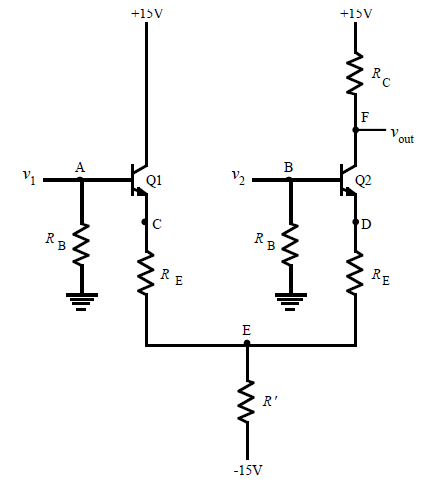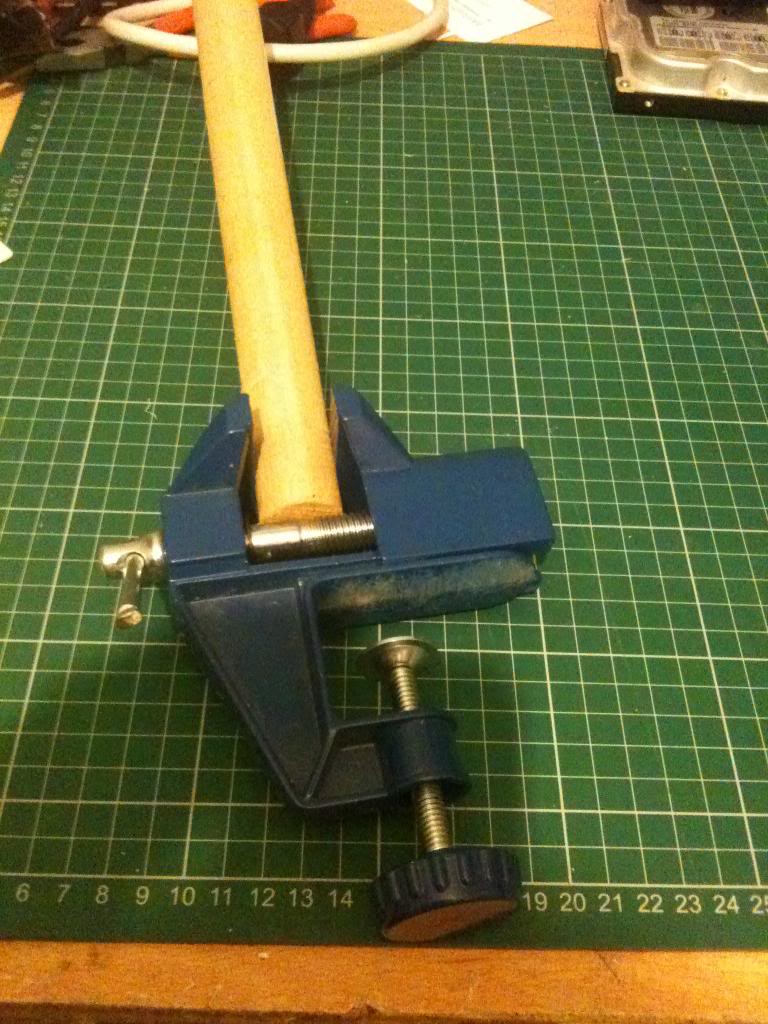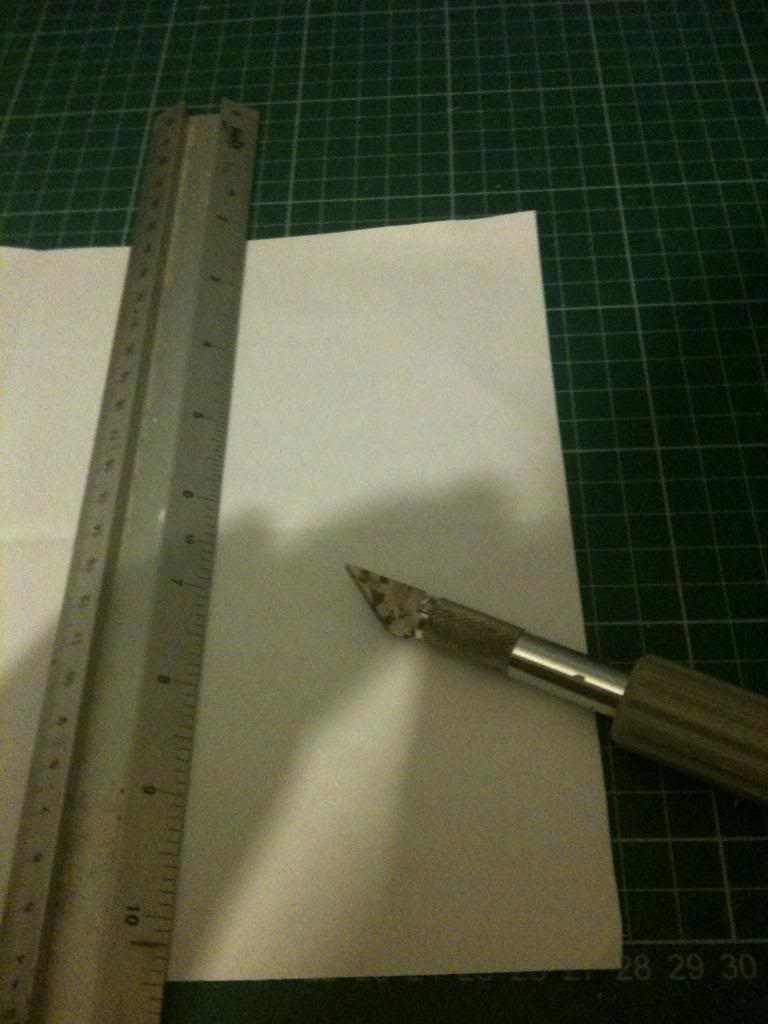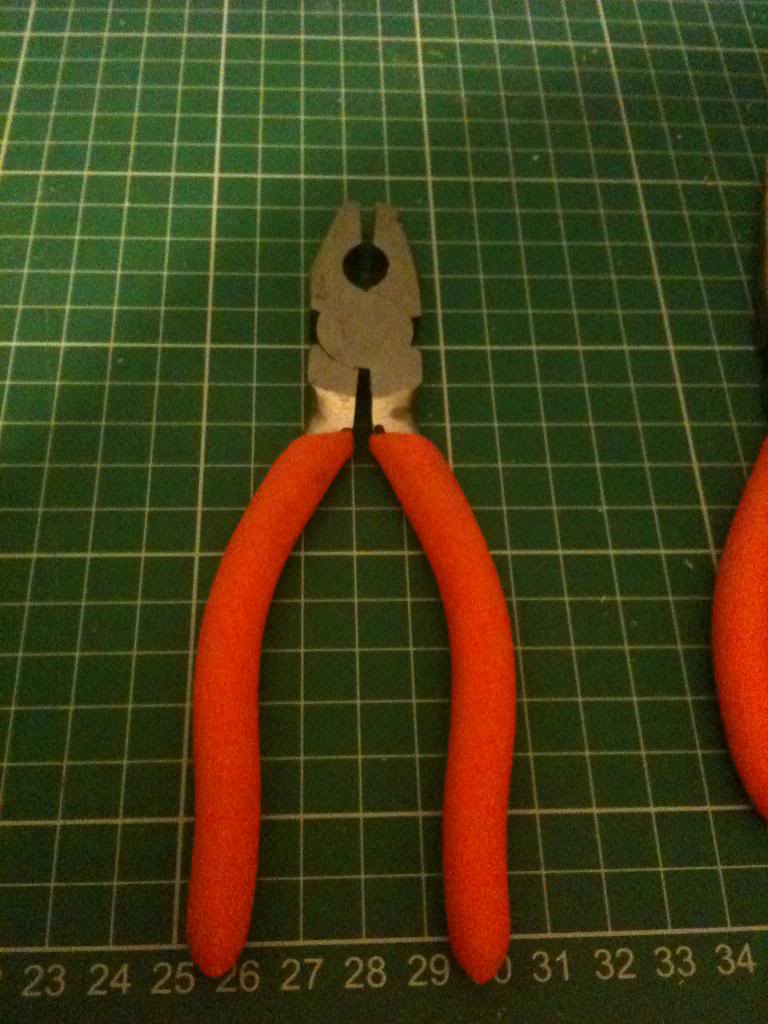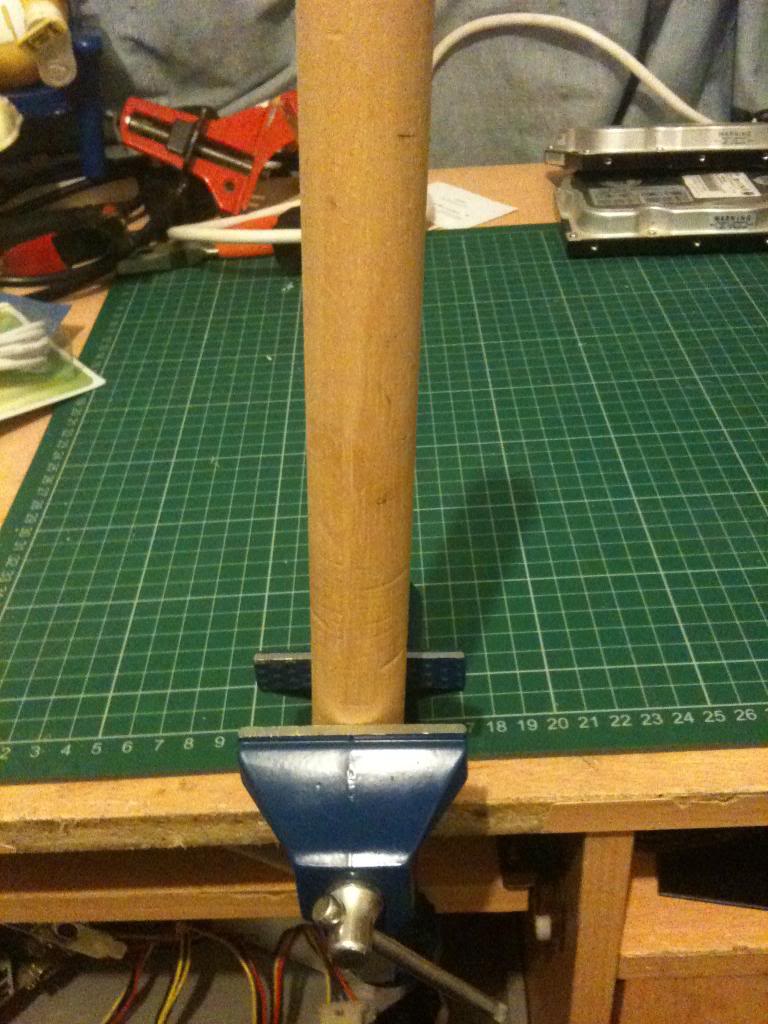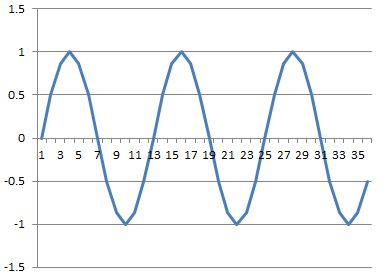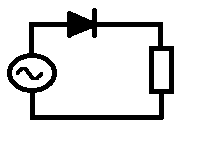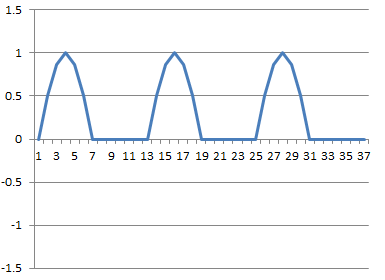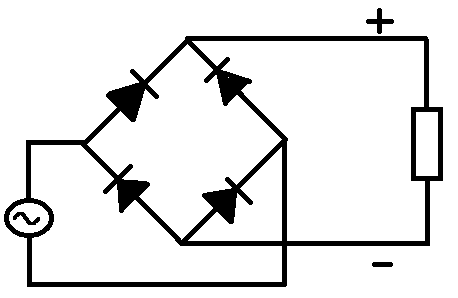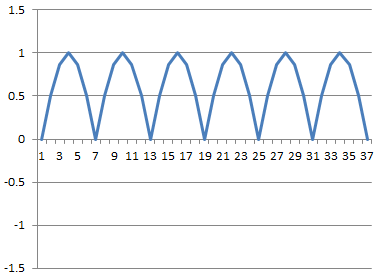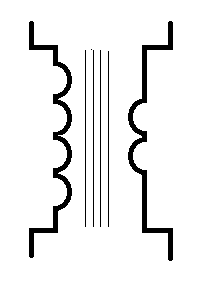I'm not suggesting that you try to build this, BUT this is the building block of the next major component that I'll be looking at.
Long Tailed Pairs
This is a circuit that forms an amplifier, but, that amplifier amplifies the difference between the set of two inputs rather than just amplifying the signal applied to one input, this gives the amplifier good noise rejection since you can (not unreasonably) assume that the same noise would be present in both conductors carrying a signal.
Long tailed pairs of transistors work very well in integrated circuits where they are built on the same piece of silicon substrate, the reason for this is so that both transistors such that they are electrically the same and subject to the same environmental changes in temperature.
As a side note, in Valve amplifiers long tailed pairs will usually use duel triode valves in the same envelope with the same grid and heaters etc.
Long tailed pair amplifiers are also called differential amplifiers, as they can be used to amplify the difference in a signal.
the amplifiers are basically two ordinary transistor amplifiers that share a common junction at Re, and this Re junction is isolated from ground by a second Re resistor.
The amplifier is a difference amplifier because it amplifies the difference between the two inputs.
(V1 - V2) x gain = Voutput
The long tailed pair can make a very good amplifier.
when the input V1 is connected the amplifier will be a non-inverting amplifier, when the input V2 is connected then the amplifier.
In addition to this, if you apply a signal to both inputs the amplifier will cancel common components.
Consider
v1 and v2 tracking perfectly
v1 - v2 = 0
So the output of the amplifier is
(0) x gain = Voutput so Voutput = 0
In a pair of cables the noise induced by external sources (stray EMF perhaps by mains cabling) will be the same, the signal source will not be the same.
